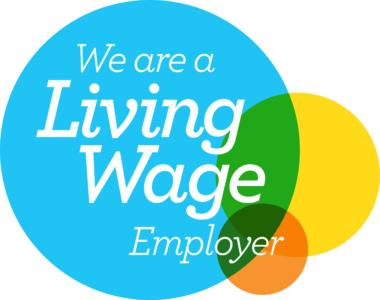The recent Spring Budget (8 March 2024) contained two important references to the social housing sector.
Specifically, it introduced changes for registered providers of social housing in England and Northern Ireland, as well as for public bodies.
The first is an exemption for registered social housing landlords from Stamp Duty Land Tax (SDLT) and the second is an exemption from the 15% anti-avoidance rate for public bodies.
Here, we will be focusing on the exemption from SDLT as we have had several questions from clients on this issue in the last few days.
Exemption from SDLT for registered social landlords
SDLT is a tax the Government charges on transactions involving the purchase of property or land in England and Northern Ireland.
The rates of SDLT vary depending on the value of the property, with higher percentages applying to portions of the price above set thresholds and added surcharges for additional properties and non-residents.
- No SDLT is payable on properties costing up to £250,000.
- For the portion of the property price between £250,001 and £925,000, the SDLT rate is 5%.
- For the portion between £925,001 and £1.5 million, the rate is 10%.
- For any portion of the property price above £1.5 million, the SDLT rate is 12%.
By eliminating the SDLT liability on properties purchased with public subsidies, the Government aims to bolster the efforts of registered social landlords in expanding and modernising their housing stock.
This legislative update acknowledges the critical role that social housing plays in the broader housing sector and seeks to alleviate the financial burden associated with property acquisitions.
For registered providers of social housing, this exemption means that purchases supported by public funds, intended to provide social housing, will no longer incur the additional cost of SDLT.
This change not only reduces the upfront costs of acquiring new properties but also enhances the viability of projects aimed at increasing the availability of social housing.
Exemption from the 15% anti-avoidance rate for public bodies
Public bodies will now be exempt from the 15% higher rate of SDLT, which is typically aimed at preventing tax avoidance through the acquisition of residential properties by certain non-natural persons (e.g. companies and partnerships with company members).
This change ensures that public bodies, which may include entities such as local authorities or government departments that purchase residential property, are not subject to this higher rate of SDLT, facilitating their property transactions without the additional tax burden.
What does this mean for social housing landlords?
The SDLT exemption could represent a significant saving on the cost of acquiring new properties for social housing purposes, allowing you to allocate more resources towards improving and expanding your housing offerings.
It’s a supportive move by the Government to encourage the provision of social housing by reducing the financial barriers to property acquisition within the sector.
Before the legislation comes into effect, we advise taking a look at your current compliance practices as well as your positioning to take advantage of the tax break.
If you’d like help with this, or you require further advice on your current social housing practices, please get in touch.
The content of this article is for general information only. It is not, and should not be taken as, legal advice. If you require any further information in relation to this article please contact the author in the first instance. Law covered as at March 2024.









